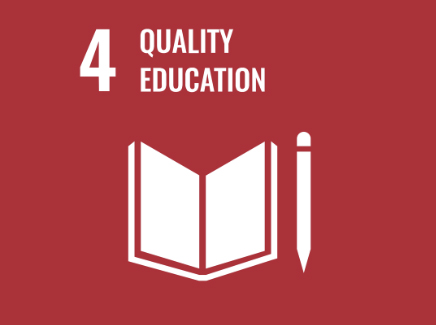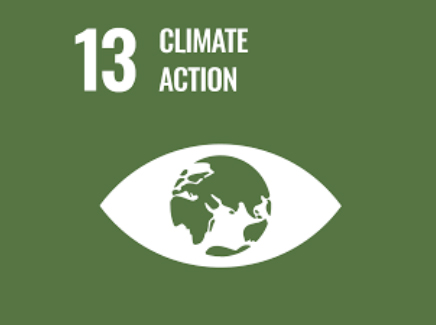THE EFFECT OF PAPER
Archaeological fragments dating to the 2nd century BC have been found in China, which can be considered representative of today's modern paper; however, it is not clear who made these pieces of paper. Chinese palace officer Cai Lun, who developed his own paper-making technique in AD 105, is shown as the inventor of paper in many sources. From the 5th century AD, paper became widespread in China. Over time, the papermaking technique spread to countries around China such as Japan, Korea, and Vietnam.
Paper production followed the Silk Road from China to Iran. The Chinese, who were dominant in Transoxiana before the Islamic conquest, developed the art of quality paper in Samarkand. Samarkand paper was exported to Muslim countries and Europe; Many works written in the 9th and 10th centuries were written on Samarkand paper.
According to some researchers, Muslims learned how to make paper through the Chinese prisoners as a result of the Talas War between the Abbasids and the Chinese armies in 751. After this date, paper mills were opened in the Near East. The workshop, which was opened in Baghdad upon the suggestion of the Khorasan Governor Fazl bin Yahya from the Bermekids, was the first paper factory in the Near East. Similar ones were established in Damascus, Tripoli, Hama, Yemen and Egypt. One of the first names of the paper in the West was "Bagdatikos" because it was transferred to Europe via Baghdad.
Paper production began in Europe, first in Spain and Portugal, which were under Muslim control. In 1120, a paper mill was established in Valencia, Spain. Then paper production spread all over Europe. Paper production started in Italy in 1276, in France in 1348, in Germany 1390, in England in 1495.
With the transition to industrial production in the 19th century, the cost decreased. Paper has contributed significantly to the mass exchange of information. In 1844, Canadian inventor Charles Fenerty and German FG Keller independently developed the pulping process of wood fibers.
The paper, whose historical development we have examined briefly, has shown integration with the human being not only as an object but also emotionally. Although there are many alternative products to paper today, paper surrounds us with its sound and smell. Today, paper produced in line with sustainability goals is one of the least harmful materials for the environment.
The most important effect of paper books is that they make the reading experience more emotional and personal. Many people love the texture, smell, and feel of turning the pages of paper books. These features make the reading experience richer and more satisfying.
If we compare the books with the electronic books of our age, the books are less tiring on the eyes. The blue light emitted from the screens of electronic devices causes eye strain in long-term use.
Another advantage of paper books is that they make it easier to take notes and mark. Many people like to take notes, mark or underline important sections on the books they read. Paperback books allow for such interactions. This creates an emotional bond between the book and the person that the book readers.






